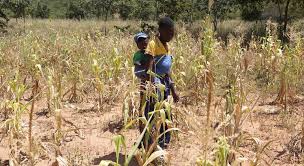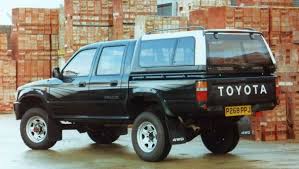Climate change, currency depreciation and economic degradation have led to food insecurity in Zimbabwe that ranks on a par with several war-stricken nations, according to a senior World Food Programme official.
A convergence of challenges, “the economic dynamics, currency issues, climatic issues, the harvest, make Zimbabwe regularly feature on a hotspot list of food-security risks in the world,” Francesca Erdelmann, the WFP’s country representative in Zimbabwe, said in an interview last week. Others on the list include Ukraine, Gaza, Afghanistan, Yemen, Syria and a number of countries in Africa’s Sahel region.
Zimbabwe has been dogged by political and economic upheaval for almost two decades, limiting its ability to produce grain and raise financing on international markets that’s needed to accumulate food stocks when harvest fail. The Zimbabwe dollar is eschewed by most citizens and has shed almost half of its value against the greenback since the start of the year, making it the world’s worst-performing currency after the Lebanese pound.
The WFP anticipates that about 2.7 million people, or a just over a quarter of the rural population, will run short of grain in the first quarter of this year, Erdelmann said.
There is “the El Nino phenomenon, erratic rainfall, very high temperatures, that may have an impact on the possible harvest from this agricultural season, which mean that a number of people will be running out of cereals” before the next harvest, she said.
While the southern African nation normally needs 2.2 million tons of grain to feed its people and supply animals with fodder, the government estimates that the corn harvest will only be half of that this year.
SOURCE : NEW ZIMBABWE









